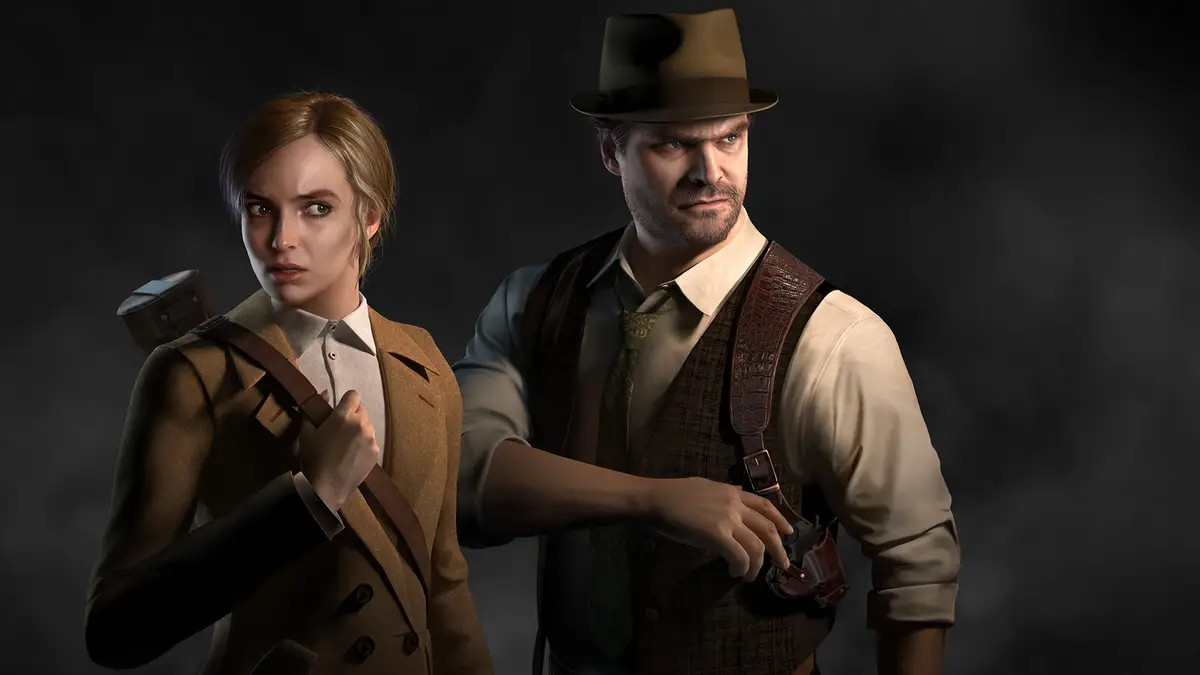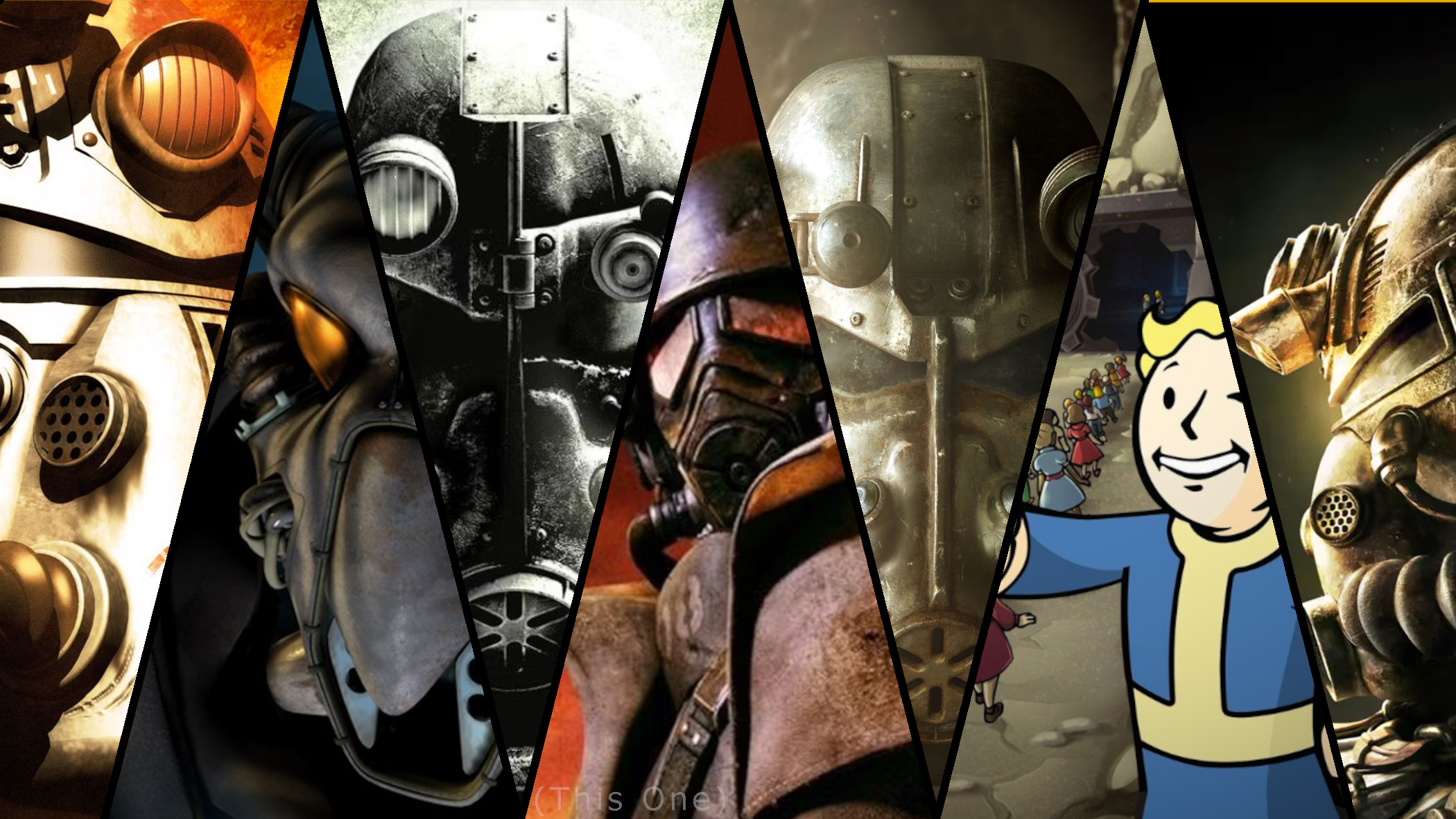Space Hulk: Deathwing – Enhanced Edition is a first-person shooter available from retail stores and for download from the PlayStation Store for PS4. Space Hulk is based on the two player tabletop board game by Games Workshop which was originally released in 1989 set within the Warhammer 40,000 universe and was in fact Games Workshop’s third board game to receive the videogame adaptation treatment after HeroQuest and Space Crusade. There have been many Warhammer related games over the years most noticeably the third-person action adventure of Warhammer 40,000: Space Marine on PS3, but Space Hulk games are rare having originated in 1993 with the first-person Space Hulk which released on Amiga 500 and DOS, followed by a first-person sequel in 1995 sub-titled Vengeance of the Blood Angels which released on 3DO and a year later on PS1, Sega Saturn, DOS and Windows. Can Space Hulk: Deathwing – Enhanced Edition capture the atmosphere and quality of the two retro Space Hulk games?
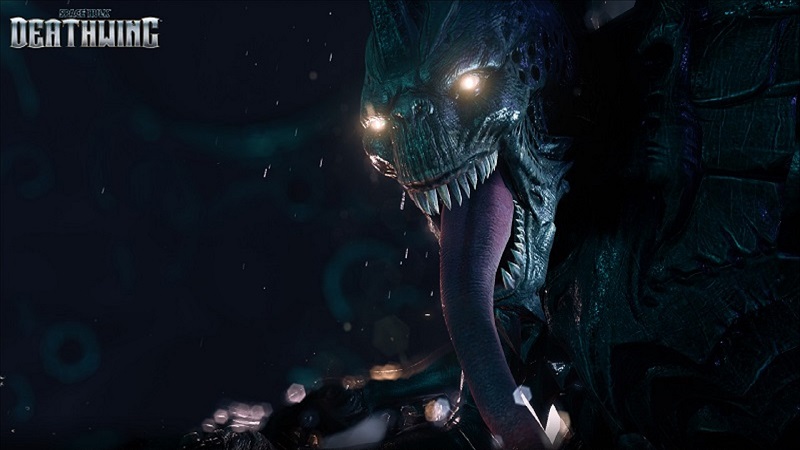
The story revolves around Space Marines also known as Terminators from the Deathwing division; the first company of the Dark Angels Chapter that must battle against the bloodthirsty Genestealers on a space hulk named Olethros.
An optional tutorial is the best place to begin as it provides a simulation in which the player is taught how to aim and shoot or perform melee attacks on enemy targets that are not moving, how to utilise abilities, change loadout, open and close doors, bypass turrets, overcoming enemies that are firing at your character, commanding a team member to heal your character and open doors that are up ahead. The tutorial is effective as you will know the basics of the controls and gameplay by the end of the tutorial that can also be played again to refresh the player’s memory of such gameplay mechanics and controls.
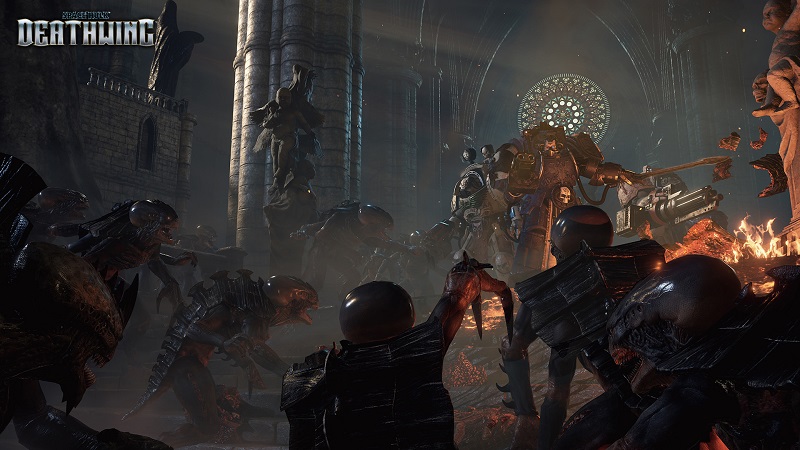
Story campaign features nine chapters containing multiple objectives including reactivating generators that in turn unleash a swarm of Genestealers; holding and defending a particular important area; destroying nests of Genestealers; and much more besides. Single player gameplay within the story campaign sees the player joined by two A.I. controlled team members that follow your orders to heal, follow or to complete a certain task.
Space Hulk: Deathwing’s Enhanced Edition sees Deathwing making its debut on PS4 with new features and expanded content that did not release alongside the PC version in December 2016, although PC gamers receive the new content for free as a pledge by the developer for strong post-launch support on PS4 and PC. The biggest new feature of all is Special Missions mode which allows the player to return to environments from chapters that have already been completed to participate in randomly generated objectives such as those contained in different areas of chapters in the story campaign including defeating hordes of powerful enemies, overcoming enemies when on the move to an evac point and much more besides; accompanied by alternating spawn points at the beginning of a special mission and enemies positioned in varying locations.
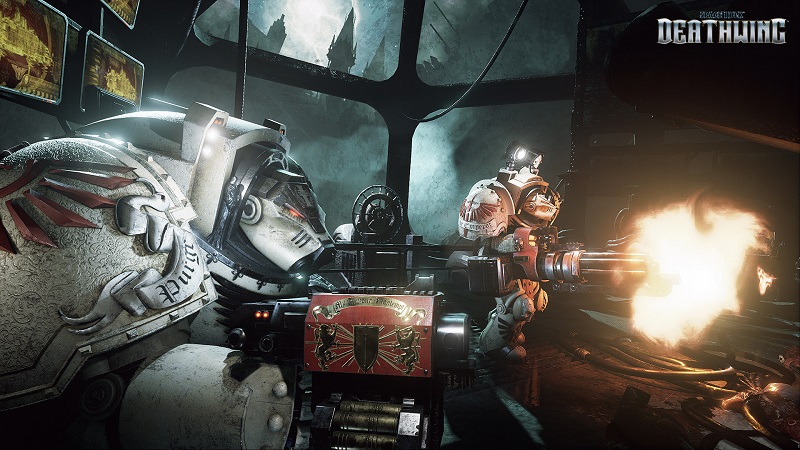
XP can be earned within the story campaign and special missions during single player and online multiplayer with XP given for successfully completing missions, killing enemies, assisting team members, killing enemies, healing team members, finding relics and more besides. Levelling up produces a valour token which in-turn provides an unlockable item skin and a quantity of in-game currency named renown that can be utilised to purchase all manner of customisable components for any character class, while successfully completing special missions also provides a fair quantity of renown.
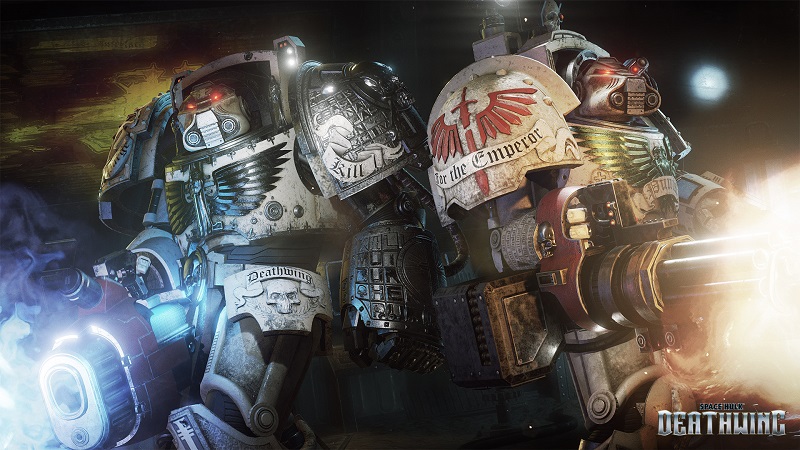
Character customisation is extensive as there are six character classes including librarian, heavy weapon speciality, assault speciality, apothecary, tactical speciality and interrorgator-chaplain. Every character class has their own armour, weapons, perks and banners with individually customisable components throughout multiple categories. Armour comprises armour types, cooldown reducer adornments, effect reducer adornments, effect boost adornments and torch colour; weapons that can be fired include a skin, two optical modules, barrel attachments, bayonets, emblems, reliability module and magazines, while melee weapons such as swords have a skin and an energy switch; perks such as battle psyker increasing damage inflicted to enemies from force weapons by 30%; and banners displaying imagery representing your team.

Whereas customisable components have to mostly be purchased using renown currency; weaponry is unlocked such as unlocking a rapid fire assault cannon after completing the first mission. Weaponry is quite varied as there are over a dozen primary weapons spread throughout the different classes including a double-barrelled rapid fire variant of a regular Bolter named the Storm Bolter, while Storm Bolter Mk. II is more powerful and faster and Redemption is a Storm Bolter that uses modified frag rounds which burst outwards into a cloud of pellets upon leaving the barrel that ricochet off most surfaces. Elsewhere, a lightning claw contains mini power weapons mounted to the back of the Space Marine Terminator’s hand that consists of multiple blades; thunder hammers produce a huge blast of energy that stuns the enemy whilst simultaneously knocking them to the ground; plasma cannon fires superheated matter reminiscent of a solar flare at enemies; and much more besides such as hellfire, heavy flamer, spear of caliban, mace of absolution and purgatory sword.
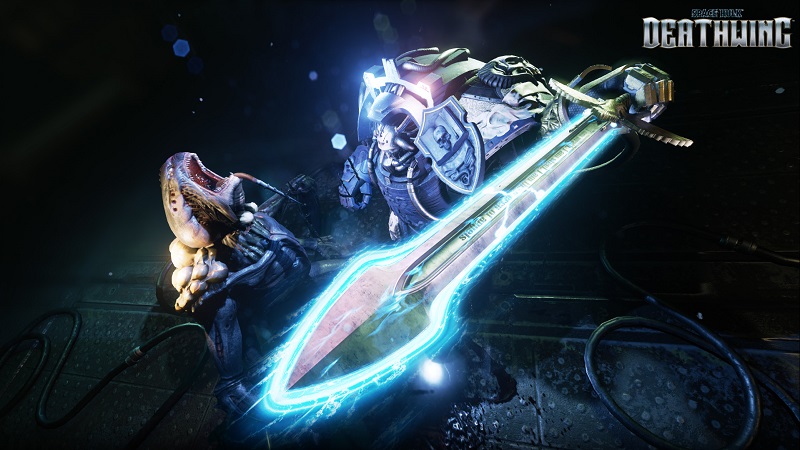
Meanwhile, secondary weapons are focused on close range melee combat including an armoured gauntlet with a disruptive energy field called the power fist; force sword and force axe are psychically tuned extensions of a psyker’s powers; a sceptre called the crozius Arcanum; in addition to a set of healing tools named Narthecium. Weapons that can be fired and melee weapons have separate categories within their attributes in which weapons that can be fired contain attributes including damage inflicted upon enemies, anti-armour quality, explosion radius, fire rate, accuracy, recoil, reliability and magazine size. Meanwhile, melee weapons have slightly differing attributes including damage inflicted upon enemies, anti-armour quality, explosion radius and speed. Weapon attributes are complimented by some realistic touches such as the rapid fire assault cannon generating plenty of heat that causes the gun to jam when continuously firing without stopping to let the weapon cool down.

Abilities are spread throughout three sets of skills trees including command, devotion and psychic ability categories. Fervour points are essentially skill points with up to 5 fervour points earned for the quality of your performance during each chapter, alongside finding relics and functional ship log consoles. Command powers include your allies being able to effectively utilise the plasma cannon; tactics and strategies reduce damage received by team members through their positioning with an increase in armour by 10% for allies; your fervour makes team members more agile with melee weapons allowing allies to equip thunder hammer and storm shield; and more besides. Devotion powers include fervour making you resistant to most injuries by not suffering critical hits; a relic that makes your weapons immune to jamming; enemies can no longer parry your melee attacks; and much more besides. Psychic powers include shockwave that unleashes a blast of telekinetic force, while chain lightning produces a lightning bolt that strikes the first enemy before arcing into other nearby enemies with strong effectiveness against turrets and sentries; and more besides.
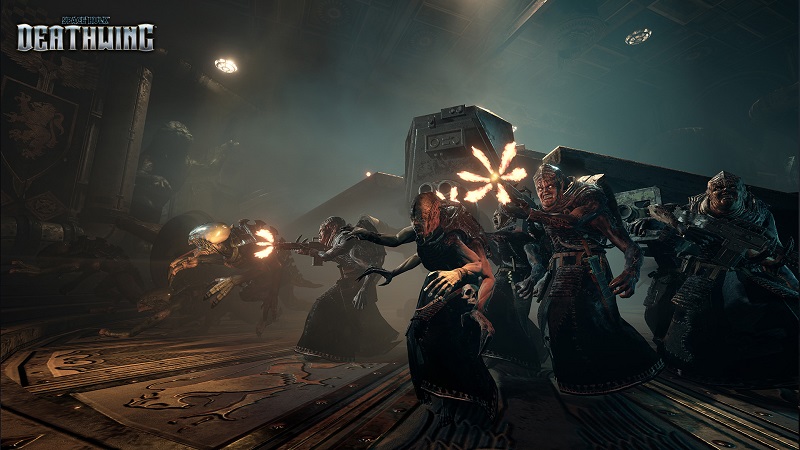
Enemy design is varied as there are multiple species of Genestealers to battle against including the usual Genestealer accompanied by a stalker-strain, warrior-strain, scythe-strain, Broodlord, Hybrid and more besides, while there are even enemies armed with machine guns or rocket launchers that protect Genestealers.

Environment design is set in abandoned spaceships contained within the Olethros space hulk in which not every path will lead to where your objective is situated due to debris preventing immediate progression through a corridor; resulting in further exploration being required on most occasions. Environments are claustrophobic corridors, stairways and the inner workings of the ship in the form of complex machinery; which in a positive design choice adheres to the Space Hulk tradition of offering no space for players to simply manoeuvre around enemies as you will absolutely have to confront the Genestealers head on in combat.
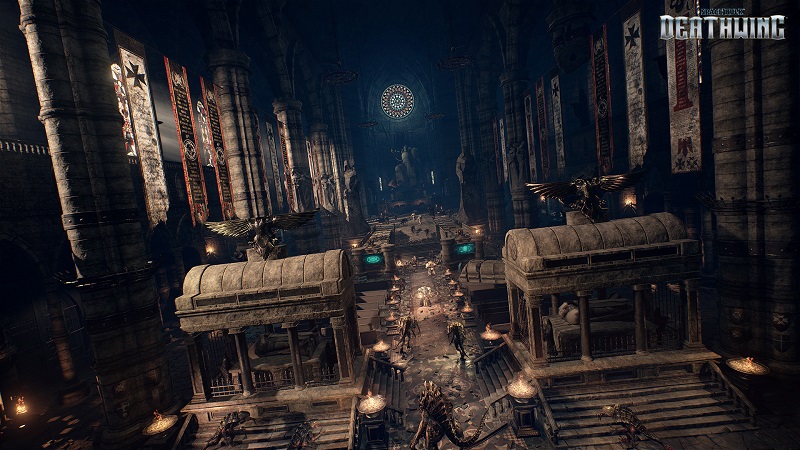
Space Hulk: Deathwing – Enhanced Edition has not received a Vita port which is somewhat disappointing given that no first-person shooter has released on Vita since Borderlands 2 in May 2014 other than the no longer available Duke Nukem: Megaton Edition in January 2015, although Space Hulk fans can enjoy the two player pass the Vita tabletop board game adaptation, while remote play of Space Hulk: Deathwing – Enhanced Edition is a further consolation to Vita owning Space Hulk fans. Space Hulk: Deathwing – Enhanced Edition’s remote play is pretty good as it retains he same quality of graphics, audio and general performance as the PS4 release. Remote play controls have not been optimised resulting in firing your right and left moving to the top right and left of the rear touch pad respectively, while sprinting is mapped to the bottom left of the rear touch pad and zooming has moved to the bottom right of the rear touch pad. A more preferable remote play control scheme would have seen firing your character’s right and left weapons re-mapped to R and L respectively, although despite there being no remote play control optimisation; Space Hulk: Deathwing – Enhanced Edition still offers an atmospheric and very playable remote play experience.

The controls are well mapped to the DualShock 4 controller with the default control scheme consisting of pressing R2 to fire right weapon; pressing L2 to fire left weapon; pressing R1 to inform team members of a quick order; pressing L1 to parry; pressing square to reload; pressing X to use an item or interact with certain objects such as doors; pressing triangle to use psy slot 1; pressing O to use psy slot 2; pressing up on the d-pad to select Terminator 1; pressing left on the d-pad to select Terminator 2; pressing right on the d-pad to display the tactical menu; pressing down on the d-pad to display the tactical menu; changing the direction of the left analogue stick to manoeuvre your character; pressing L3 to sprint; changing the direction of the right analogue stick to look around the surrounding environment; pressing R3 to zoom; pressing the share button takes you to the share feature menu; and pressing the options button to display the pause menu. The alternative control scheme swaps the analogue sticks around with moving and sprinting being re-mapped to the right analogue stick, while looking and zooming swap over to the left analogue stick, although the rest of the controls remain the same without an option to customise individual control inputs such as zooming being traditionally mapped to L2 and perhaps having the left weapon mapped to L1 with parry remaining on L1 albeit as only a tap to change the input between left weapon and parrying or alternatively having an option to dual wield in the style of Wolfenstein II: The New Colossus. Tapping the touch pad to perform a psygate and enter the armoury, while vibration occurs when enemies attack your Space Marine Terminator. There is no light bar support which could have displayed an alternative HUD to show how much health your Space Marine has remaining or a unique colour representing your chosen character class.
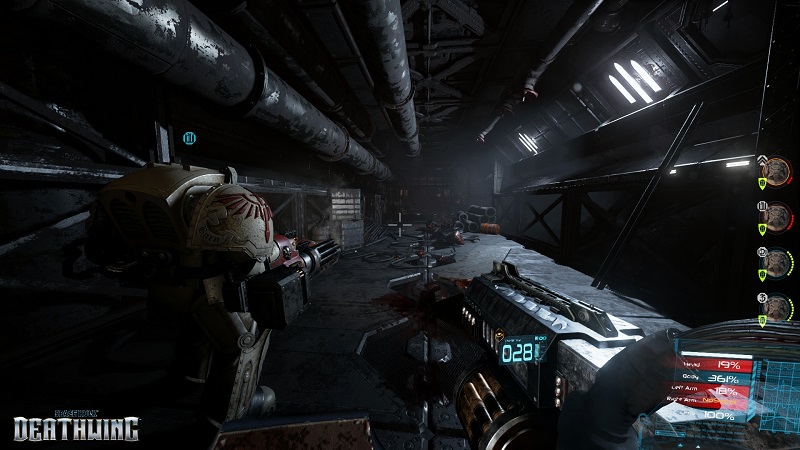
Graphically, Space Hulk: Deathwing – Enhanced Edition is powered by Unreal Engine 4 and it really shows as the lighting and shadows create tension that project upon the abandoned ships within the space hulk, while enemy character models are superb, especially the Genestealers and their varying hybrids that run along corridors or crawl down walls towards your Space Marine before pouncing and clawing. A high quality superb graphical standout has to be the weaponry special effects such as the particle effects from the pulse cannon and flame effects from the flamethrower. However, enemies disappear shortly after being defeated which will hopefully be optimised at some point to allow the enemies to remain in your Space Marine’s surroundings.
The presentation of the game is solid with a great user interface across various menus such as the title menu, main menu, story campaign menus, special missions menus, online multiplayer menus, character customisation menus, options menus and gameplay menus with support for navigation via the left analogue stick, directional pad and face buttons, although it does not include support for navigation via the right analogue stick and touch pad. Title menu backgrounds focus on immediately setting the scene as it effectively provides a slideshow of Terminators facing off against an incoming horde of Genestealers, while the main menu backgrounds focus on the exterior of the space hulk.
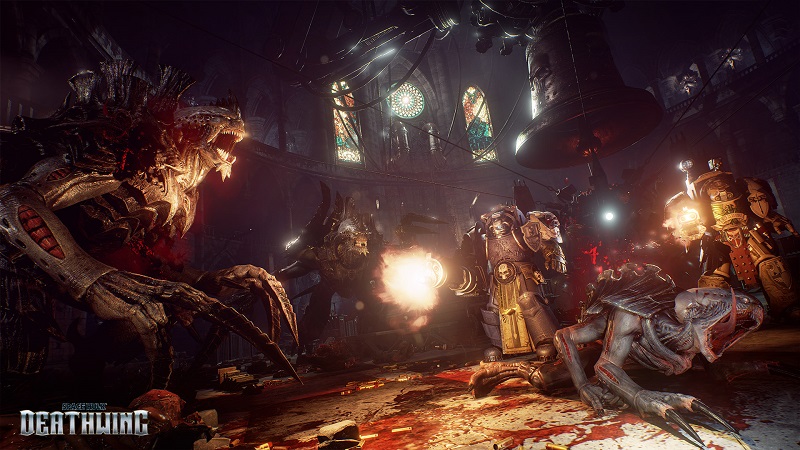
Space Hulk: Deathwing – Enhanced Edition has an amazing cast that produce performances including Toby Longworth voicing Librarian having previously voiced General Aaron Herres, Savage Tarav and Three-Toed Huadiv in Horizon: Zero Dawn, Sarek and Kappa in Trine 3 and Waiter, Ronnie, Wilfred Hobbs, Xavier Marques, Fascist Spanish Soldiers, Waterloo Motors and Boris in Broken Sword 5, while Richard Heap voices Commander Belial having featured in films such as Louveciennes Foreman in A Little Chaos and Desmond in Outlanders. Elsewhere, Colin Elmer voices Nahum having voiced characters in Divinity: Original Sin, alongside Anthony Howell voicing Barachiel having previously voiced Eldar in Warhammer 40,000: Dawn of War III and Jonathan Reid in Vampyr and Ewan Bailey voicing ServoSkull having voiced Tintin in The Adventures of Tintin: The Secret of the Unicorn videogame adaptation and The Others in Nioh.
Sound effects include Space Marine Terminators firing their weapons at enemies, performing melee attacks on enemies, enemies performing attacks against the Space Marine Terminators, growling and screams from incoming enemies that are positioned around the corner making for rather atmospheric surroundings, Space Marine Terminators and enemies walking or running, reloading weaponry, destroying doors and more besides. Atmospheric music creates an audible foreboding tension of the hordes of Genestealers that the player is about to face. There is no DualShock 4 speaker implementation which could have been utilised to produce the communication between Space Marine Terminators.
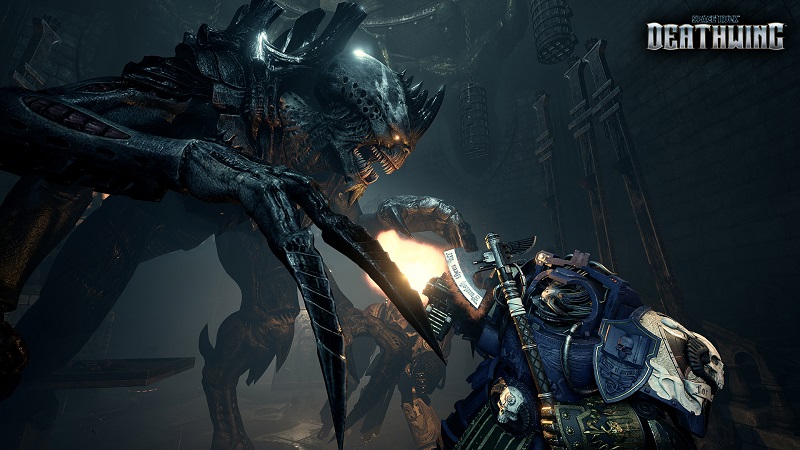
The trophy list includes 24 trophies with 3 bronze trophies, 14 silver trophies, 4 gold trophies and 1 platinum trophy. Easier trophies include the Sanctuary bronze trophy for using the psygate during the main campaign and the Brute Force bronze trophy for destroying a door aboard the Olethros. Harder trophies include the Time Lord gold trophy for finding all major relics in the main campaign and the Devotee, Commander and Great Psyker gold trophies for completing devotion, command and psy branches respectively. There are half a dozen online multiplayer trophies including the Epistolary, Killing Machine, Phoenix Light and Chapter Pillar silver trophies for unlocking all librarian, heavy weapon support, apothecary and tactical terminator abilities respectively; the Brother In Arms gold trophy for performing 1,111 assists in multiplayer mode or special missions; and the Champion of the Lions silver trophy for unlocking all assault terminator’s abilities. It is estimated that depending upon skill and a good trophy guide to provide some helpful tips that it would take between 15 to 25 hours to platinum the trophy list.
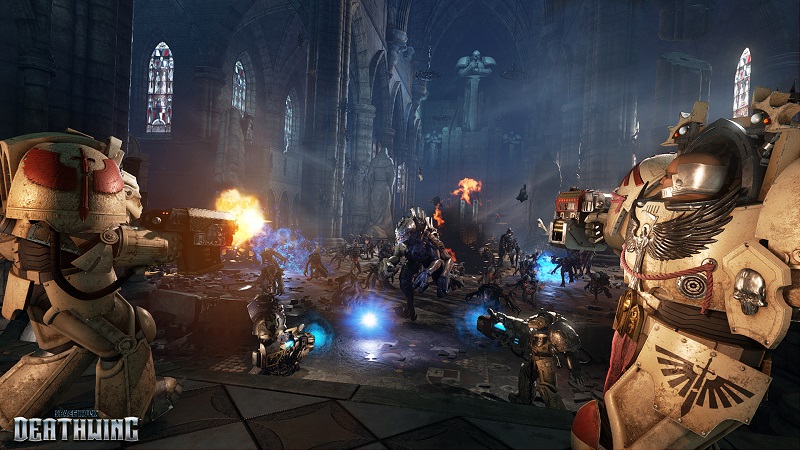
There are four difficulty levels including disciple (easy), chapter champion (normal), lion’s sword (hard) and no mercy (very hard) with the major differences being that the no mercy difficulty level massively multiplies the quantity of enemies and significantly increases the aggressiveness of every enemy as they will be more precise in their melee and long ranged attacks on the Space Marine Terminators.
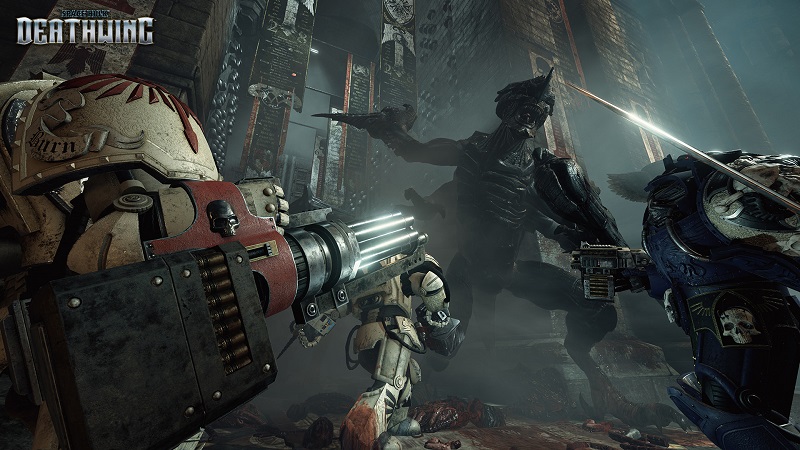
Online multiplayer allows 2 to 4 players to experience the story campaign and special missions together in co-operative gameplay by joining a match that is listed, searching a quick match or hosting a match. The host can choose to set their match to private in addition to friendly fire being on or off, alongside codex rules including not being able to change your class and equipment during the mission, all skills and equipment are unlocked from the beginning and respawn time is set to 240 seconds. Online multiplayer performance is mostly of a high standard with plenty of lobbies that are quite user friendly as a player can host their game without needing to wait for other players before starting the mission, while a player can join any public lobby and immediately jump straight into gameplay, although there are occasional moments of lag here and there during online gameplay but nothing that detracts from the atmosphere. However, friendly fire is the only form of competitive multiplayer which is somewhat of a missed opportunity as anywhere from one to three players could have controlled a Space Marine Terminator and the rest of the players could have been a specie of Genestealers in competitive multiplayer both individually and a team deathmatch. A capture and hold mode would have also applied rather well to competitive gameplay with the Genestealers attempting to overrun the Space Marine Terminators at an important area of the ship. Unfortunately, there is no split-screen local co-operative multiplayer which would have been a major addition for both the story campaign and special missions, although hopefully the developer considers introducing split-screen multiplayer at some point in the future during their promised post-launch support.

Space Hulk: Deathwing – Enhanced Edition’s replayability originates from a story campaign spread throughout nine chapters, special missions provides unlimited replay value due to randomly generated objectives, online co-operative multiplayer for 2 to 4 players, four difficulty levels offering widely varying challenges, six character classes, three sets of abilities, over a dozen weapons and significant character customisation, XP and levelling up, performance focused medals and collectible relics that collectively brings players back for quite a large period of time in addition to the developer’s promise of post-launch support for the potential of even more features. However, competitive multiplayer, split-screen multiplayer, online leaderboards and faster loading times would certainly elevate Space Hulk: Deathwing – Enhanced Edition to another level of quality and replay value.
Analysis
- Title: Space Hulk: Deathwing – Enhanced Edition
- Developer: Streum On Studio
- Publisher: Focus Home Interactive
- System: PS4
- Format: Retail/PSN Download
- Cross-Buy: No
- Cross-Play: No
- Players: 1/2-4 (Online Multiplayer)
- Hard Drive Space Required: 17.96GB (Version 1.01)


















